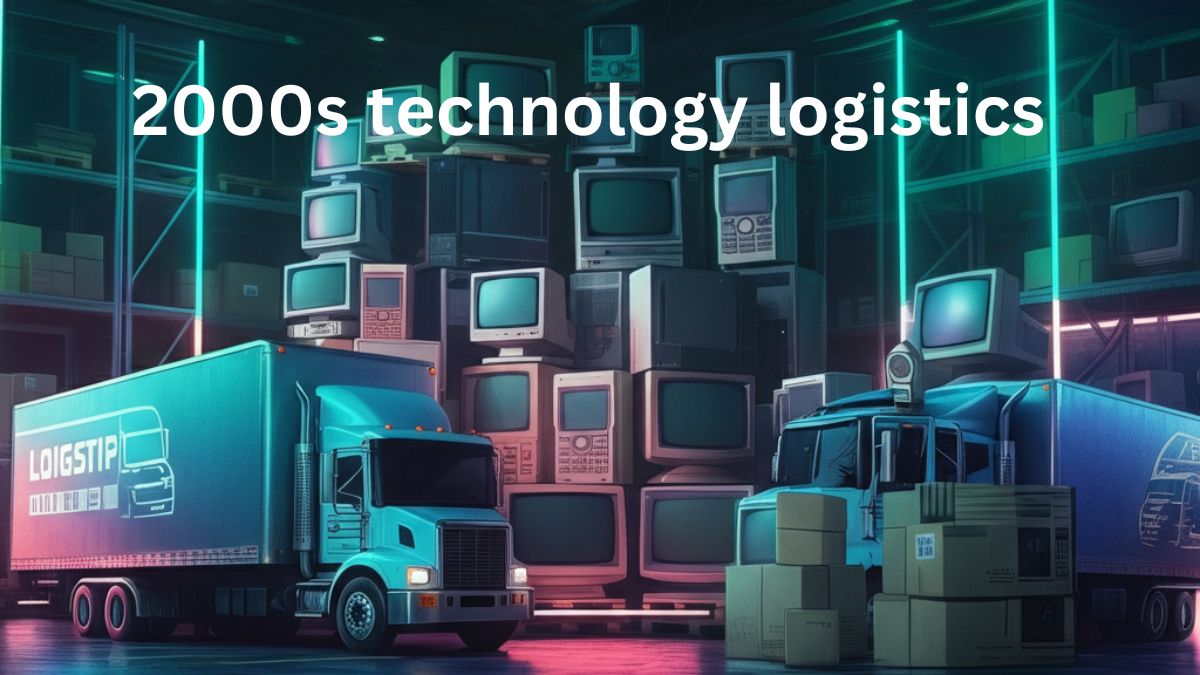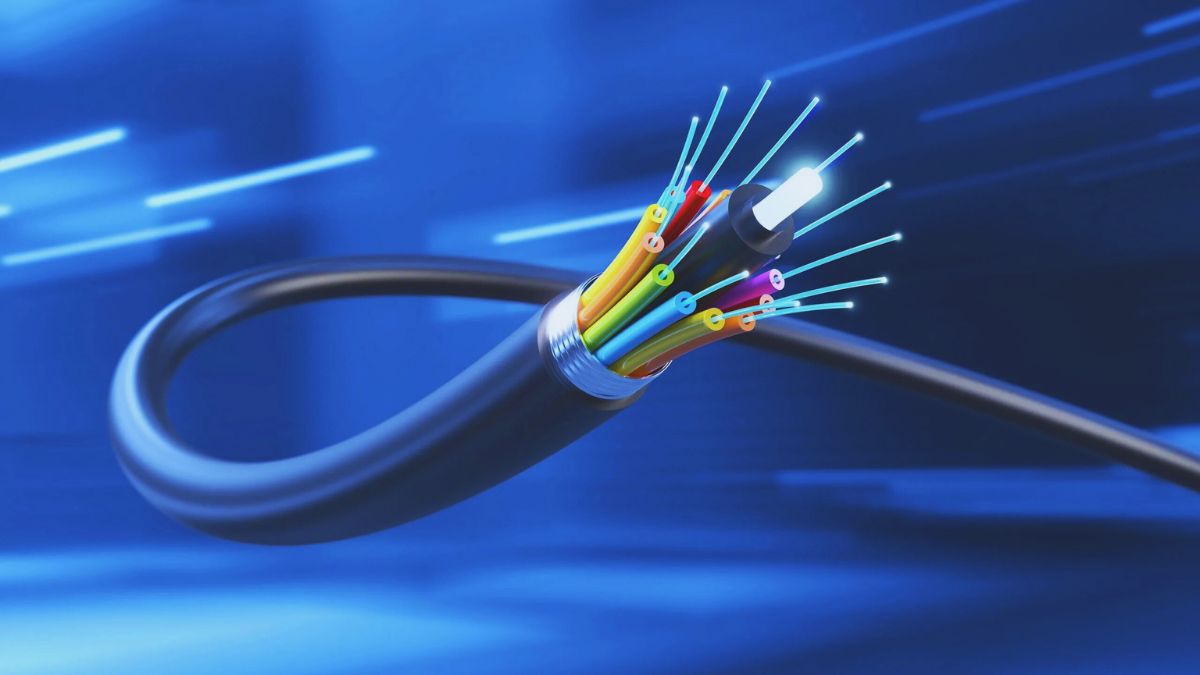The 2000s Technology Logistics marked a transformational decade in technology logistics. With booming eCommerce, the rise of advanced supply chain systems, and the introduction of game-changing innovations, this period redefined how goods were moved, tracked, and delivered globally. Understanding logistics during this era provides crucial insights into how modern systems evolved to meet growing consumer demands and technological advancements.
This blog dives into how technology logistics operated in the 2000s, the key innovations of that time, and their long-lasting impact on supply chain management.
The Logistics Landscape in the Early 2000s
At the turn of the millennium, logistics was at an inflection point. The globalization of trade and consumer expectations of faster shipping had already begun reshaping logistics systems in the 1990s. By the 2000s, the following factors were significantly influencing the industry:
Increased eCommerce Adoption
Online shopping took off in the early 2000s, fueled by companies like Amazon and eBay, which set new expectations for fast and reliable delivery. The growth of eCommerce required logistics providers to upgrade their systems to adapt to the needs of digitally savvy consumers.
For example, Amazon introduced its “Fulfillment by Amazon” (FBA) warehouses in 2006, enabling sellers to store products in Amazon’s facilities for streamlined fulfillment and faster customer deliveries. This innovation sparked a wave of investments in similar logistics models.
Globalized Supply Chains
Manufacturing and sourcing were increasingly outsourced to countries such as China and India due to lower labor costs. This required companies to manage complex, global supply chains. The need for precise tracking and efficient transportation grew exponentially as businesses spanned across continents.
Customer Expectation for Faster Delivery
The concept of “next-day delivery” emerged during this period, redefining customer expectations. Logistics providers needed new solutions for the “last-mile” challenge—the final step in the delivery process—and began investing in technologies to optimize delivery routes and speed.
Key Logistics Innovations of the 2000s
The decade wasn’t just about challenges—it was also about innovation. Here are the advancements that reshaped technology logistics during this period:
1. The Rise of RFID Technology
Radio Frequency Identification (RFID) became one of the most significant breakthroughs in the 2000s Technology Logistics. Its ability to store large amounts of data and automatically track goods revolutionized warehousing and inventory management. By attaching an RFID tag to products, businesses could monitor their locations in real-time with unprecedented accuracy.
For example, Walmart adopted RFID technology early in the 2000s to optimize its inventory management systems. This improved store shelf availability and minimized overstock or stock-out scenarios.
2. Advanced Enterprise Resource Planning (ERP) Systems
The 2000s saw widespread adoption of ERP systems to manage data across multiple supply chain functions seamlessly. These systems integrated operations such as procurement, production, inventory, and delivery, creating greater visibility for companies.
SAP and Oracle were among the leading ERP providers whose solutions became integral for large-scale enterprises. These tools facilitated better communication across departments and with third-party logistics (3PL) providers, ensuring smoother operations.
3. Automated Warehouses
Automation began to revolutionize warehouses, with robotic systems gaining popularity. For instance, companies started introducing conveyor belts and automated sorting systems to manage higher order volumes.
By introducing these technologies, logistics providers could dramatically reduce human error, lower labor costs, and speed up turnaround times in warehouses.
4. GPS and Route Optimization
Logistics companies in the 2000s harnessed GPS technology to track shipments, leading to more efficient route planning and fuel savings. Route optimization software further allowed delivery trucks to choose the fastest, most efficient paths, minimizing delays and improving service levels.
UPS’s system “ORION” (On-Road Integrated Optimization and Navigation), introduced during this time, is a prime example of how route optimization became a logistical game-changer.
5. Cloud Computing and Web-Based Tracking
Cloud computing began to penetrate logistics, enabling real-time data sharing and scalable solutions. This allowed logistics companies and their clients to monitor shipments effectively from anywhere using web-based systems.
FedEx and DHL were frontrunners in integrating shipment tracking features directly into their platforms. Customers could, for the first time, track their packages in real-time through user-friendly portals.
Challenges Faced by 2000s Technology Logistics
Despite these advancements, logistics in the 2000s faced numerous hurdles:
Rising Fuel Costs
Global fuel prices soared during the decade, increasing transportation costs for logistics providers. Companies were pushed to find ways to improve efficiency and offset these costs.
Restricted Customs Processes
The expansion of global trade meant goods had to pass through multiple customs clearances, each with its regulations. This added delays and complexities to international logistics operations.
Data Limitations
While ERP and web-based systems were improving, systems weren’t yet as robust as those seen today. Many companies faced difficulties consolidating and analyzing data, especially across global operations.
The Legacy of 2000s Logistics Technology
The 2000s set the foundation for much of today’s logistics landscape. Some of the key legacies include:
- Evolved Last-Mile Delivery:
The systems built in the 2000s Technology Logistics to handle faster delivery directly paved the way for today’s delivery giants, from Amazon Prime’s one-day service to UPS’s predictive delivery solutions.
- Global Tracking Standards:
The tracking technologies implemented in the 2000s created the backbone for comprehensive shipment visibility, now expected in every logistics platform.
- Robust Supply Chain Resilience:
Companies learned the importance of diversifying their supply chain sources and investing in technology that could respond to risks. This resilience is a critical strategy embraced today.
How 2000s Tech Logistics Shaped Today’s Businesses
The logistical breakthroughs of the 2000s aren’t just history. They actively influence modern businesses in their operations, strategies, and innovations:
- Small Businesses Thrive:
Advances in global supply chains and affordable logistics systems now allow small businesses to reach customers globally. For example, platforms like Shopify depend on streamlined logistics systems pioneered in this era.
- AI Integration:
Today’s AI-driven systems for predictive analytics and demand forecasting draw heavily on early data collection systems established in the 2000s.
- Sustainability Focus:
Supply chain efficiency, a focus since the rise in fuel costs during the 2000s, has become integral to reducing carbon footprints across industries.
Navigating the Future of Logistics
The 2000s were undeniably a turning point, but the pace of change in technology logistics hasn’t slowed down. Autonomous vehicles, drones, and blockchain technologies are poised to push the boundaries even further.
For businesses looking to thrive in logistics, the key is to build on what was established in the 2000s while staying flexible and adaptive to emerging trends.










